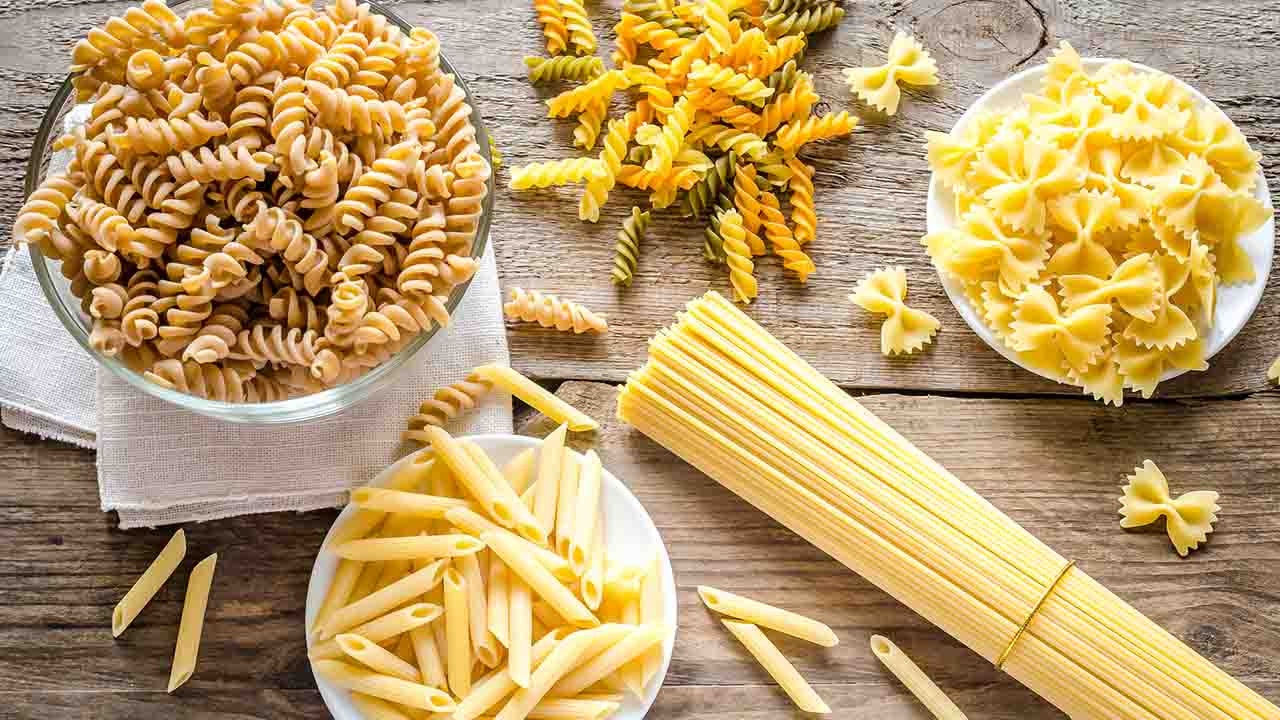Why Should I Eat Lower GI Foods?

Foods rich in carbohydrates help give us energy so they play an important role in our diet - but not all carbs are created equal.
No energy to get up in the mornings? Find yourself falling asleep around 11.00 am and 3.00 pm because you’re feeling tired (even though you ate breakfast and lunch)? Feeling hungry even though you only ate a short time ago? Learning about the Glycemic Index may be your answer…
What's the Glycemic Index?
When you eat food your body’s digestive system breaks it down, absorbing anything useful and discarding the rest. Carbohydrates (such as potatoes, bread, pasta), are converted by your body into blood sugar, or glucose, which gives you energy.
Now here’s the interesting part – some carbs are processed by your body rapidly, causing your blood sugar levels to rise quickly. This gives you a surge of energy straight away in one big hit and can be followed by a big drop in energy leaving you feeling sluggish and tired. You’ve heard of the term ‘sugar rush’? That’s what this is.
On the other hand, some carbs take longer for your body to process so the energy takes longer to release. This creates a gradual rise in blood sugar rather than a rush; gradually picking up over a few hours to provide longer lasting energy with a slow drop off.
What's the Glycemic Index?
The Glycemic Index is a ranking allocated to foods with carbohydrate in them such as pasta, bread and rice. Each food is given a GI number from 1 to 100 based on how it affects your blood sugar levels after eating. The scoring goes:
High GI (70 and above)
Medium GI (56-69)
Low GI (55 and under)
Foods that are high GI include most processed sugary foods, white bread and white potatoes – carbs that will give you quick energy. Foods that are lower on the Glycemic Index include grainy breads, kumara, and most fruit and veges which contain a lot of fibre slowing down the digestion process – this will give you longer lasting energy.
Why would I want to eat Low GI foods?
The benefit of eating low GI foods, is that you will feel fuller for longer as they will supply a slow and steady continuous amount of energy for your body. This is healthier for you than experiencing rollercoaster energy spikes and drops.
This is great for people who have weight loss/weight management goals (as it helps control appetite and delay hunger), or those who frequently experience an unwanted drop in energy levels. Tiredness around 11.00 am may signal you need to incorporate more low GI carbs at breakfast time, while tiredness around 3.00pm may mean the same for lunch.
A low GI diet is also often recommended for people with diabetes, cardiovascular disease and Polycystic Ovary Syndrome to name but a few.
Now this doesn’t mean low GI foods are always good for you – some can have high fat content, so it’s a good idea to learn how to read food package labels to figure out the balance that's right for you.
Keen to give low GI a go? To start with, try and include one low GI food at each main meal and switch to wholegrain breads, cereals and crackers if you haven’t already.
For more info on the Glycemic Index, visit www.glycemicindex.com
Image / DepositPhotos









